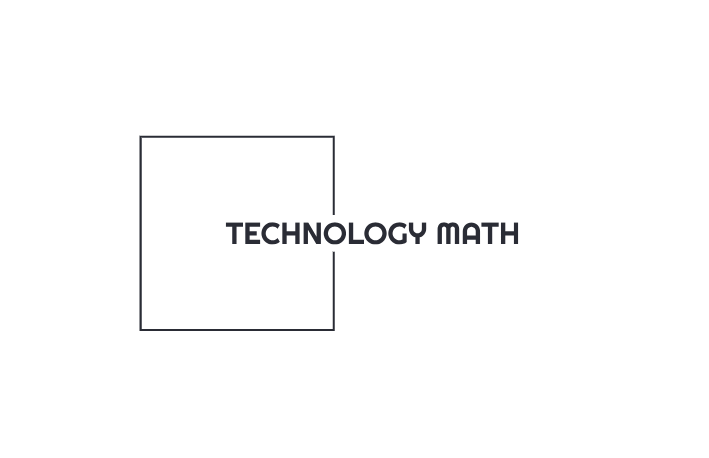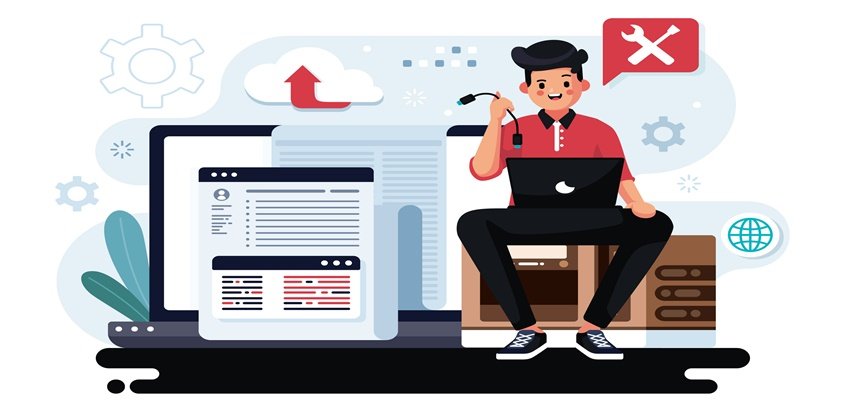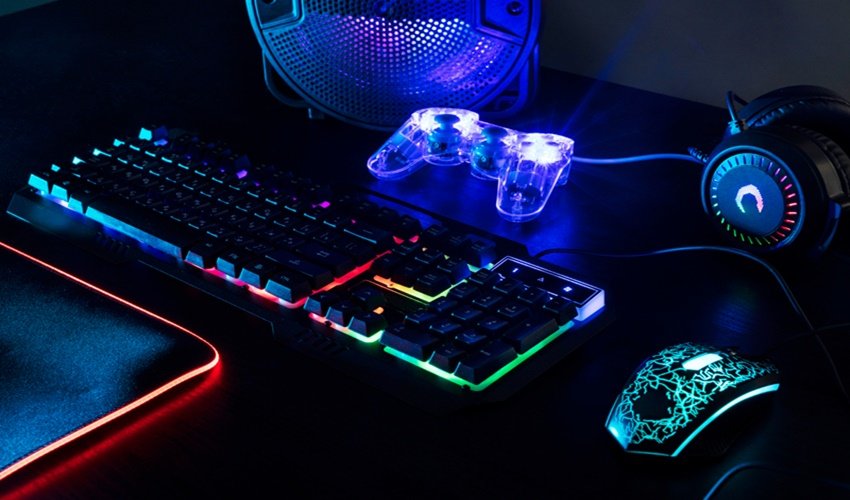
Selecting the perfect background for product photos is critical in enhancing online sales and improving customer engagement. The background should complement the product, highlighting its features without overshadowing it. A well-chosen background can significantly impact the product’s perceived quality and the brand’s professionalism.
Factors such as color contrast, texture, and context play essential roles in this selection process. Utilizing AI tools for editing can streamline the process, ensuring consistency and visual appeal across all product images. This approach boosts the aesthetic value and contributes to a cohesive brand image, which is essential for e-commerce success.
Key Takeaways
- High-quality product photos with well-chosen backgrounds can significantly impact customer engagement and sales.
- Color contrast, texture, and context are crucial factors in selecting an adequate background for product images.
- AI tools like ProductScope AI, Remove. Bg and Canva can streamline background editing, ensuring consistency and quality.
- Consistent and professional product photos can lead to a 24% increase customer retention.
Why Should I Use Background?
The background of product photos plays a crucial role in effectively showcasing product features. A well-chosen background highlights the product and enhances the overall image quality, making it more appealing to potential buyers.
Backgrounds serve as the stage on which products are displayed. They help draw attention to the product’s key features and details, making them stand out to the viewer. A cluttered or inappropriate background can distract from the product, reducing its visual impact and potentially affecting sales. Conversely, a clean, well-thought-out background can emphasize the product’s unique attributes, making it more attractive to customers.
How is Your Background Influences Customer’s Perception
Backgrounds can significantly influence how customers perceive a product. A study by Justuno found that 93% of consumers consider visual appearance the key deciding factor in purchasing. It underscores the importance of visual appeal in e-commerce.
A well-chosen background can convey the product’s intended use and quality, increasing its appeal. For example, a background that reflects a real-life setting can help customers envision how the product will fit into their lives. It is particularly effective for lifestyle products such as home decor, fashion, and electronics.
Examples of Effective Background Choices for Various Product Categories
Different product categories benefit from other types of backgrounds. Here are some examples:
| Product Category | Effective Background Type | Description |
| Fashion | Lifestyle or Urban Setting | Helps customers envision wearing the product in real-world scenarios. |
| Electronics | Minimalistic or Futuristic Setting | Focuses on the product itself, highlighting its design and features. |
| Home Decor | Cozy or Styled Home Setting | Allows customers to see how the product fits into home aesthetics. |
| Beauty Products | Clean, Neutral Background with Subtle Props | Emphasizes the product’s packaging and branding while giving a sense of luxury and care. |
| Outdoor Gear | Natural or Adventure Setting | Contextualizes the product in its intended environment, appealing to the target audience’s lifestyle aspirations. |
Key Factors to Consider When Selecting a Background
1st. Color Contrast
Color contrast is a fundamental aspect of product photography that significantly influences customer perception. High contrast between the product and its background ensures it stands out and grabs attention. According to research, products with a contrasting background are 64% more likely to be noticed by potential buyers.
Contrasting colors help highlight the product, making it more visible and appealing. For instance, a white product against a dark background or a colorful product on a neutral background can create a striking visual impact. This differentiation is crucial on platforms like Amazon, where numerous products compete for attention.
Tips for Selecting Complementary Colors:
- Use a Color Wheel: A color wheel can help identify complementary colors that create a pleasing contrast. For example, blue and orange are complementary and create a vibrant contrast.
- Brand Colors: Incorporate colors subtly to maintain consistency while ensuring the product remains the focal point.
- Neutral Backgrounds: Neutral backgrounds like white or black backgrounds, or grey often work well as they don’t distract from the product.
2nd. Texture and Patterns
Textures and patterns in the background can either enhance the product’s appeal or distract from it. The key is to choose textures and patterns that complement the product without overwhelming it.
A smooth, clean background often works best for most products, particularly those intricate or detailed. Textured backgrounds can add interest but must be used judiciously. For example, a lightly textured wood background can enhance a rustic product. At the same time, a busy pattern might detract from a sleek electronic device.
3rd. Context and Setting
To provide context and relevance, the background should fit the product’s use case or target audience. This strategy can significantly enhance the product’s appeal by showing it in a relatable setting.
Contextual Backgrounds:
- Lifestyle Products: For products like apparel or home décor, use backgrounds that reflect their use. For instance, a couch could be photographed in a stylish living room setup, or a dress could be showcased against an elegant backdrop.
- Technical Products: For technical products like gadgets, a clean and minimal background works best. It keeps the focus on the product’s features without distraction.
Utilizing AI Tools for Background Selection and Editing
Selecting the right background for product photos is crucial for e-commerce success. AI tools have become invaluable in this process. AI-powered background editing tools offer precision, speed, and consistency, essential for creating high-quality product images.
Several AI tools can significantly enhance background editing for product photos. Tools like ProductScope AI, Remove. Bg and Canvas Background Remover are widely used. These tools utilize machine learning algorithms to accurately distinguish the product from the background, making the editing process seamless and efficient. According to a study, 65% of online shoppers consider high-quality images necessary in purchasing.
How AI Can Ensure Consistency and Quality in Product Photos
AI tools ensure that each product photo maintains a consistent look, crucial for brand recognition and professionalism. By automating the background removal and replacement process, AI minimizes human error and delivers uniform results across all images.
This consistency can lead to a 24% increase customer retention, as consistent visuals help build brand trust.
Step-by-Step Guide on Using an AI Tool to Select and Edit Backgrounds
- Upload the Image: Upload the product image to the chosen AI tool.
- Background Removal: Use the tool’s background removal feature. AI will automatically detect and separate the product from the background.
- Choose a New Background: Select a suitable background that enhances the product. Ensure it complements the product’s colors and features.
- Apply and Adjust: Apply the new background. Utilize the tool’s adjustment features to fine-tune the placement and blending to ensure a natural look.
- Save and Export: Once satisfied, save the edited image and export it in the desired format.
AI tools streamline selecting and editing backgrounds, ensuring high-quality, consistent product photos that can significantly boost e-commerce performance.
Final Thoughts
Selecting the perfect background for product photos is essential to enhance visual appeal and boost sales. Utilizing AI tools for background selection and editing ensures consistency and quality and simplifies the process, making it more efficient.
By considering factors like color contrast, texture, and context and leveraging advanced AI technology, Amazon sellers and advertisers can create compelling product images that attract and retain customers, ultimately driving e-commerce success.
FAQs
What are some common mistakes to avoid when selecting a background for product photos?
Common mistakes include:
- Using overly busy or distracting backgrounds that take attention away from the product.
- Consider the product’s colors and use and a background that clashes.
- Failing to maintain consistency across product images can confuse customers and weaken brand identity.
Additionally, using backgrounds that do not fit the product’s context or intended use can make the images seem unrealistic.
How can I determine the best background for different product categories without extensive trial and error?
Researching industry standards and best practices for your specific product category can provide a good starting point. Studying competitors’ successful product photos and seeking customer feedback on different background choices can also be beneficial.
Additionally, A/B testing different backgrounds in small sample groups can offer insights without requiring extensive resources. AI tools often provide templates or suggestions based on product type, which can streamline this process.
Are any cost-effective AI background editing tools suitable for small businesses or individual sellers?
Several cost-effective AI tools are available for small businesses and individual sellers. Tools like Remove. Bg offers affordable plans and pay-as-you-go options, while Canva provides a free tier with robust background removal features.
Other options like ProductScope AI and Fotor also offer budget-friendly plans with AI-powered background editing capabilities, making them accessible for more minor operations without compromising quality.






